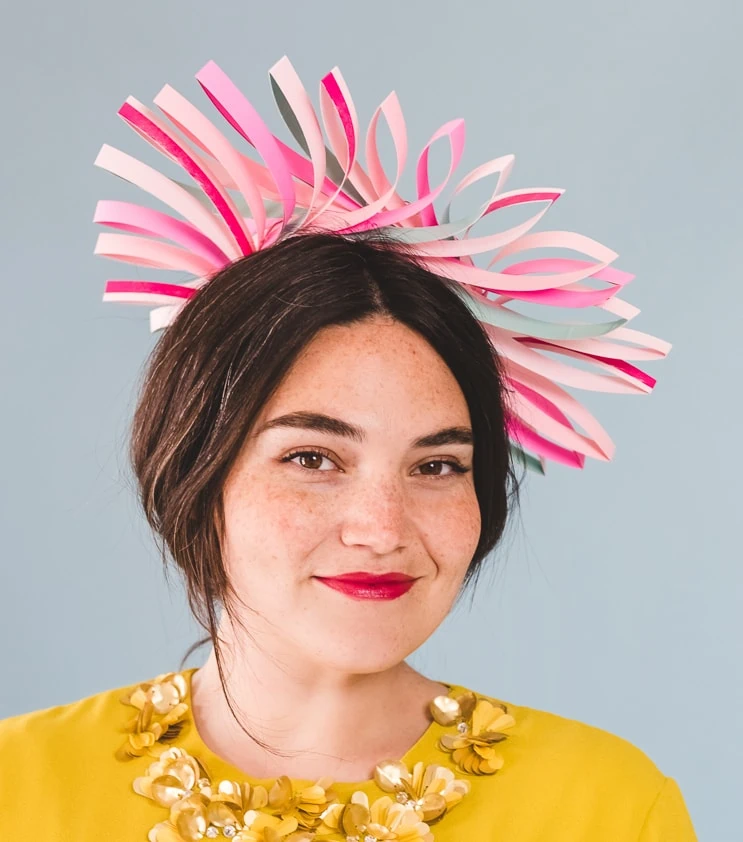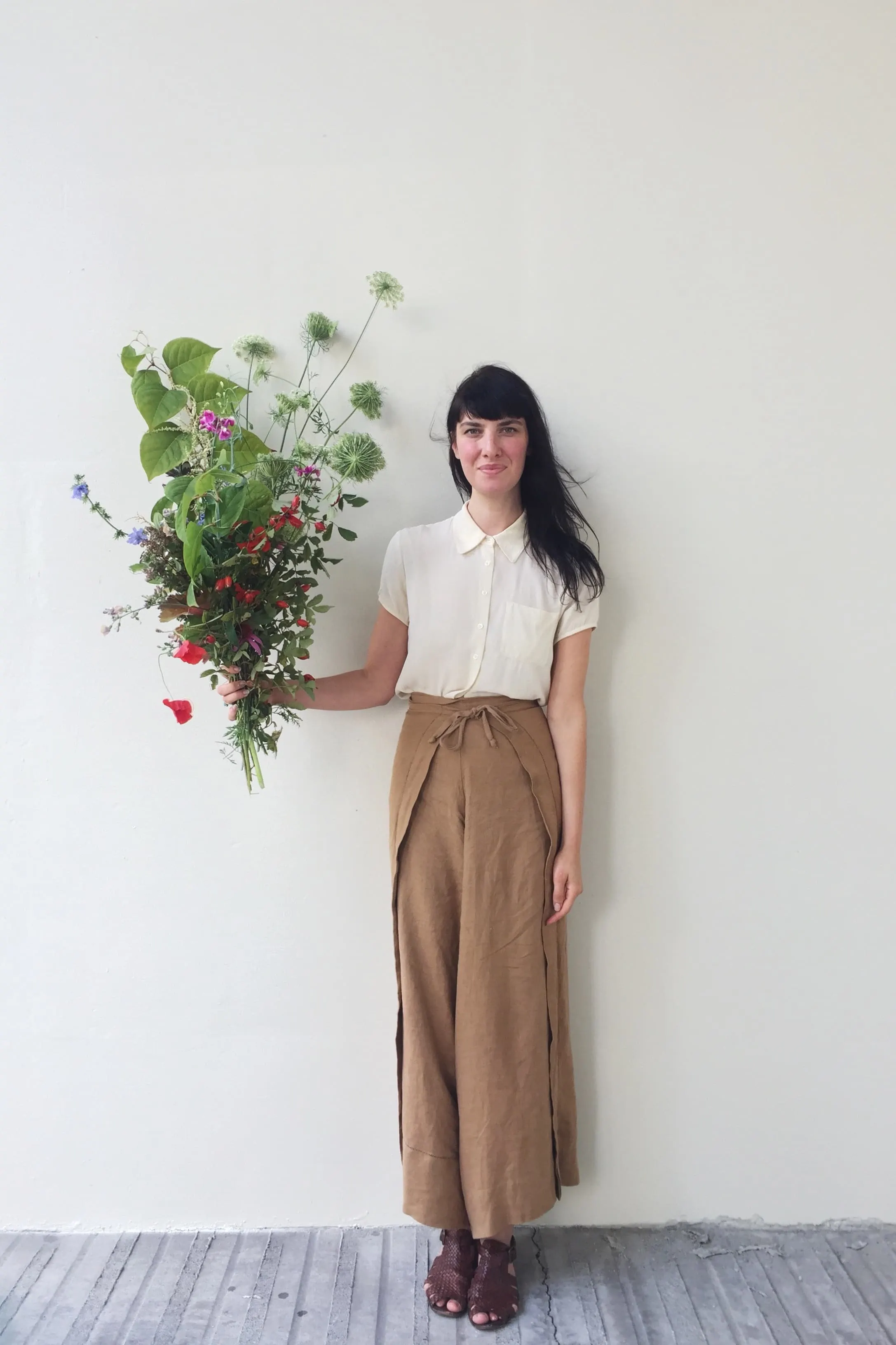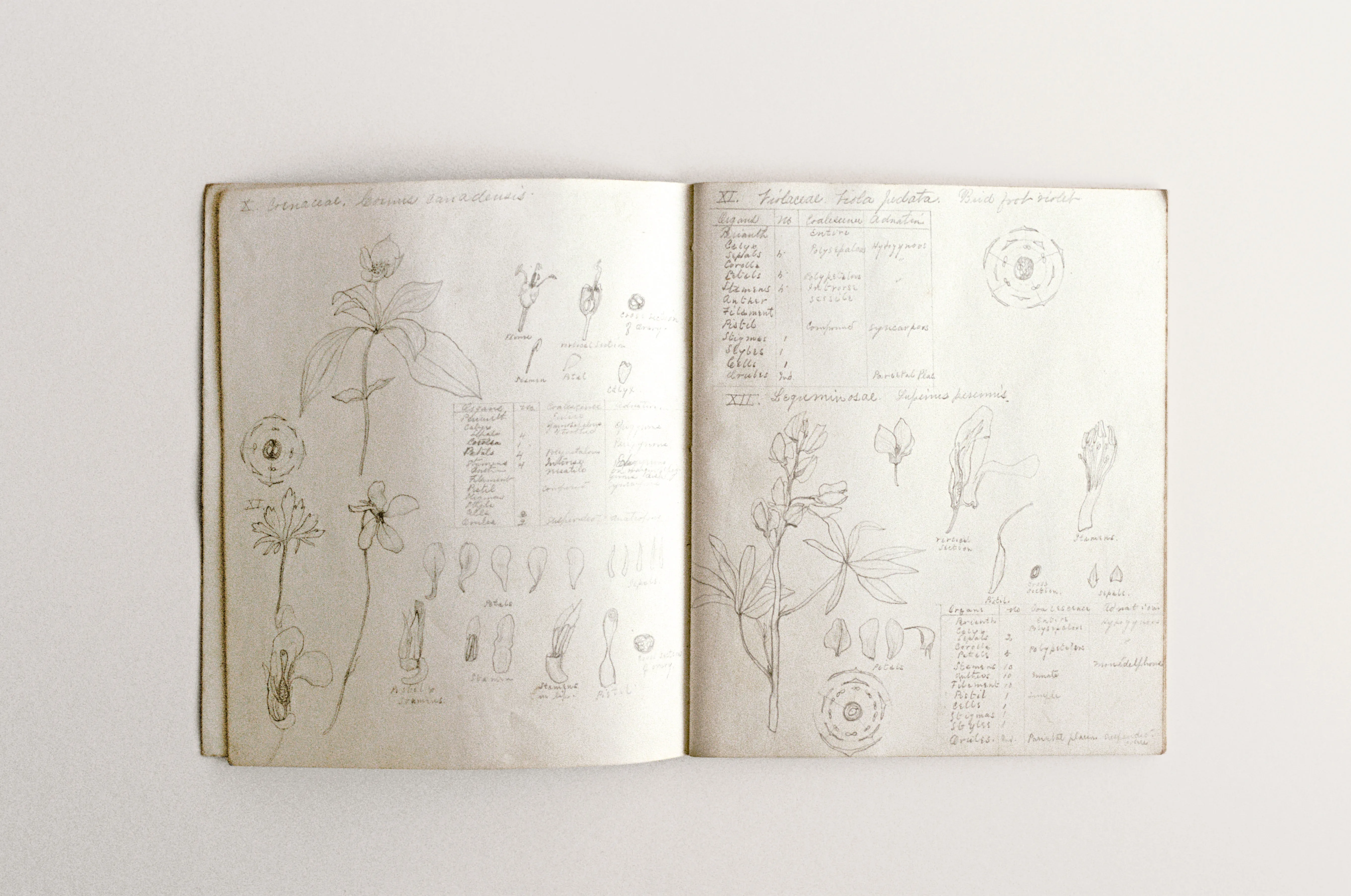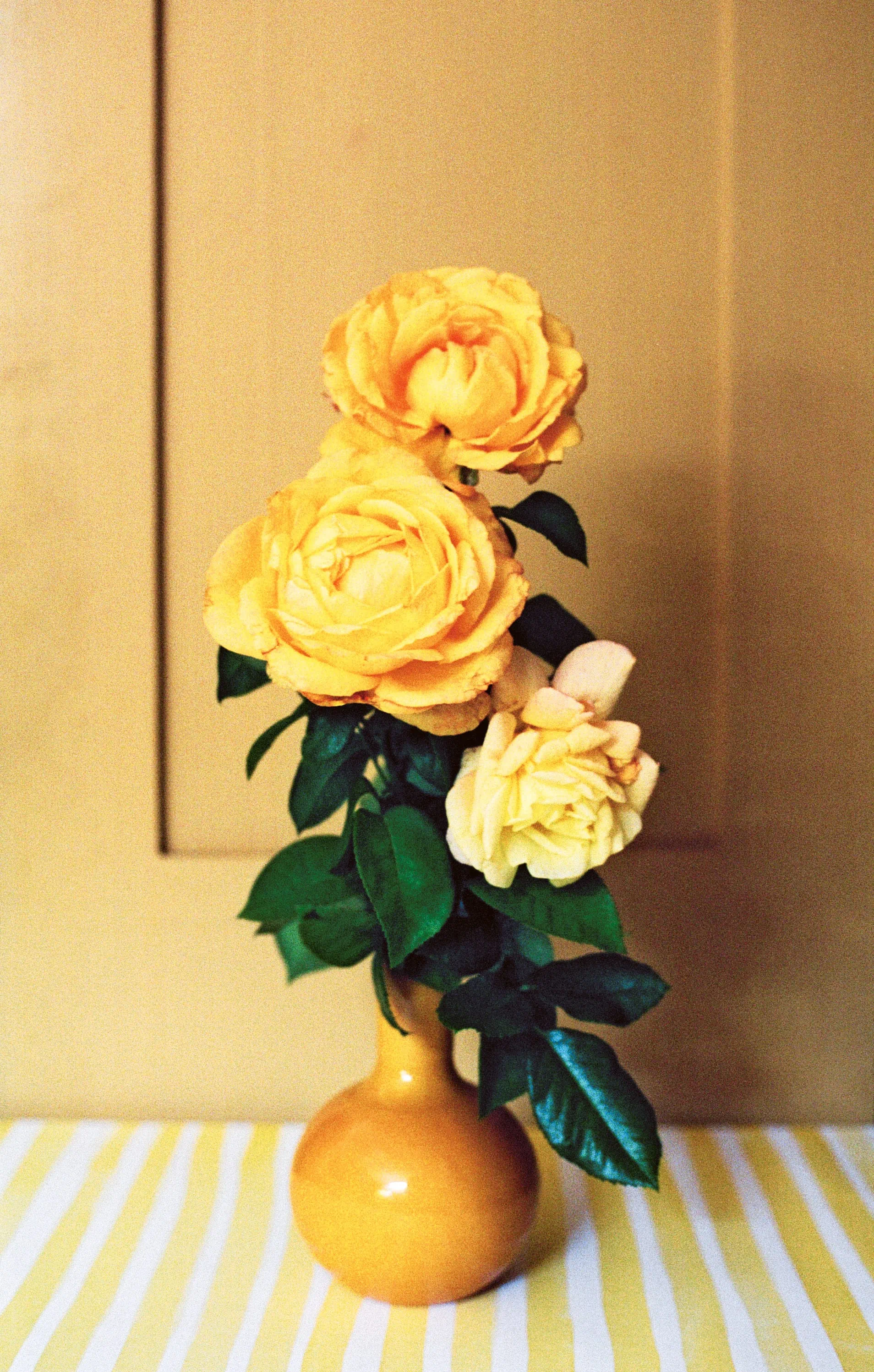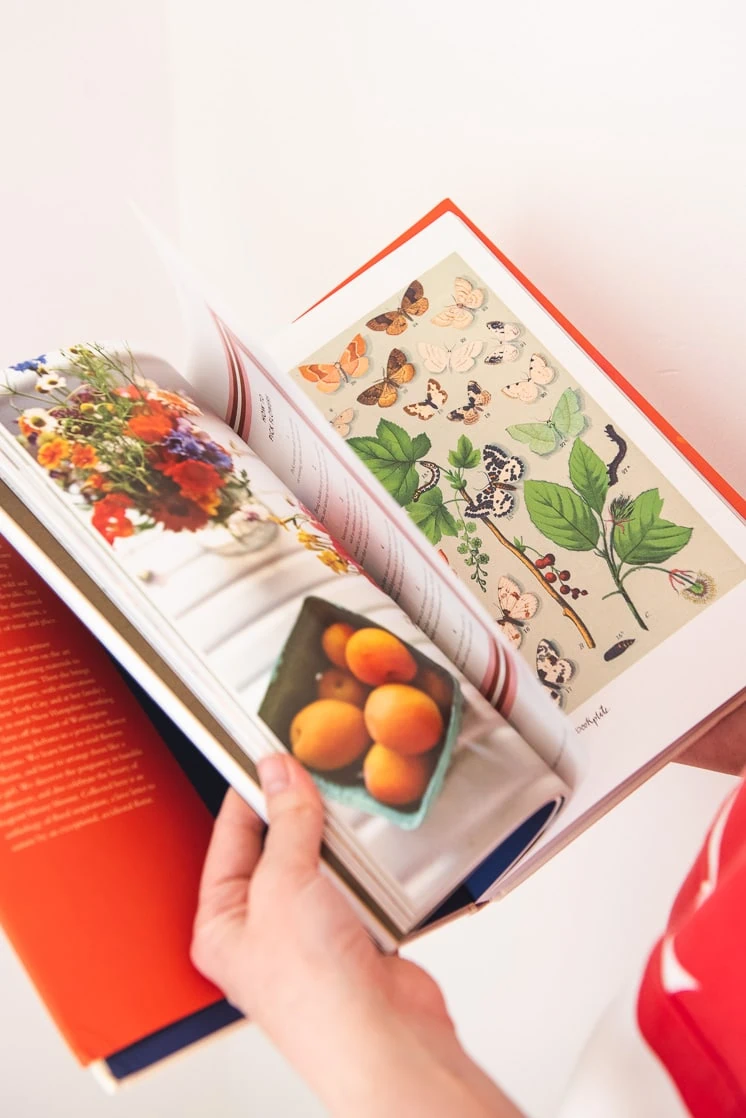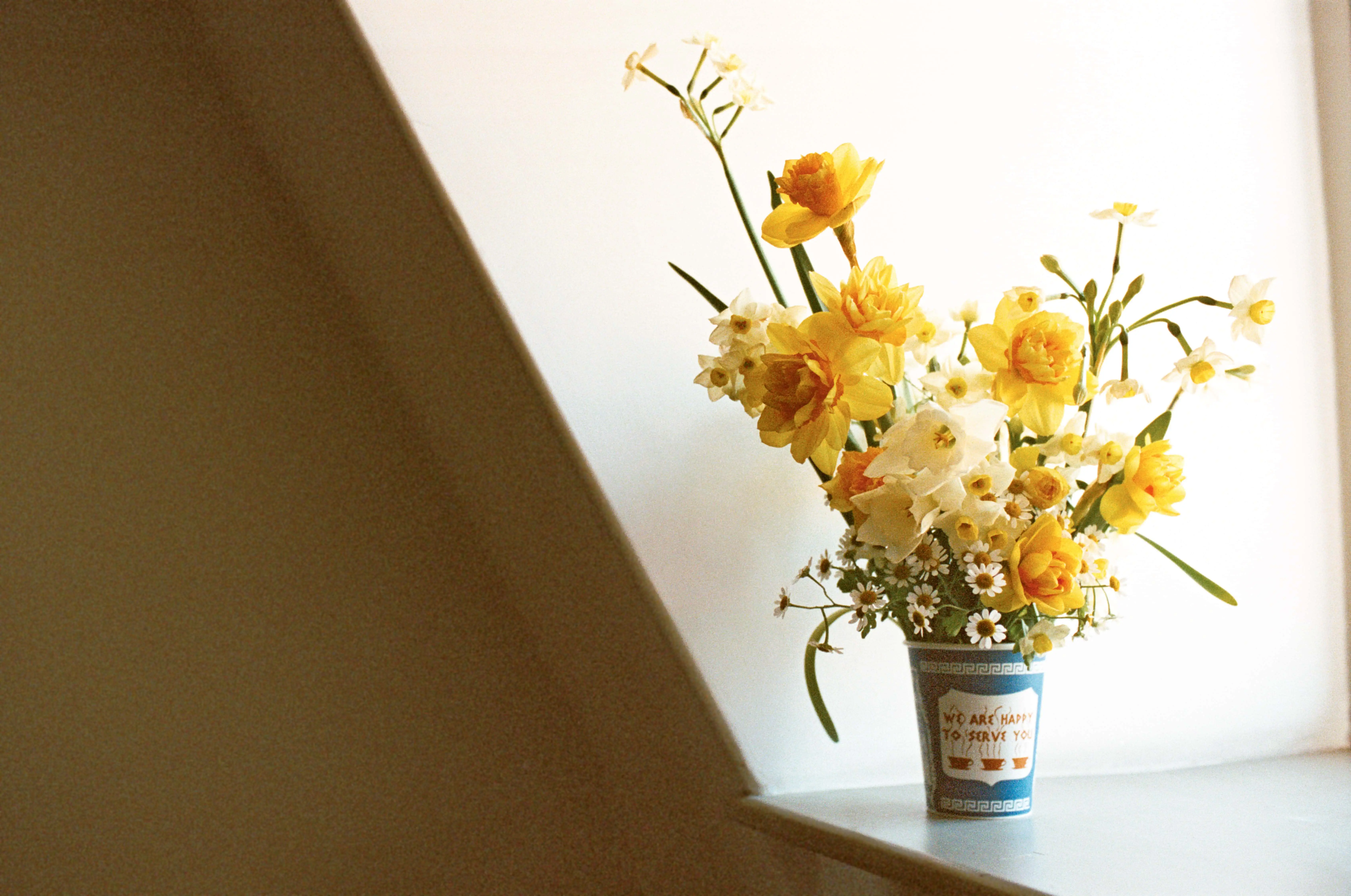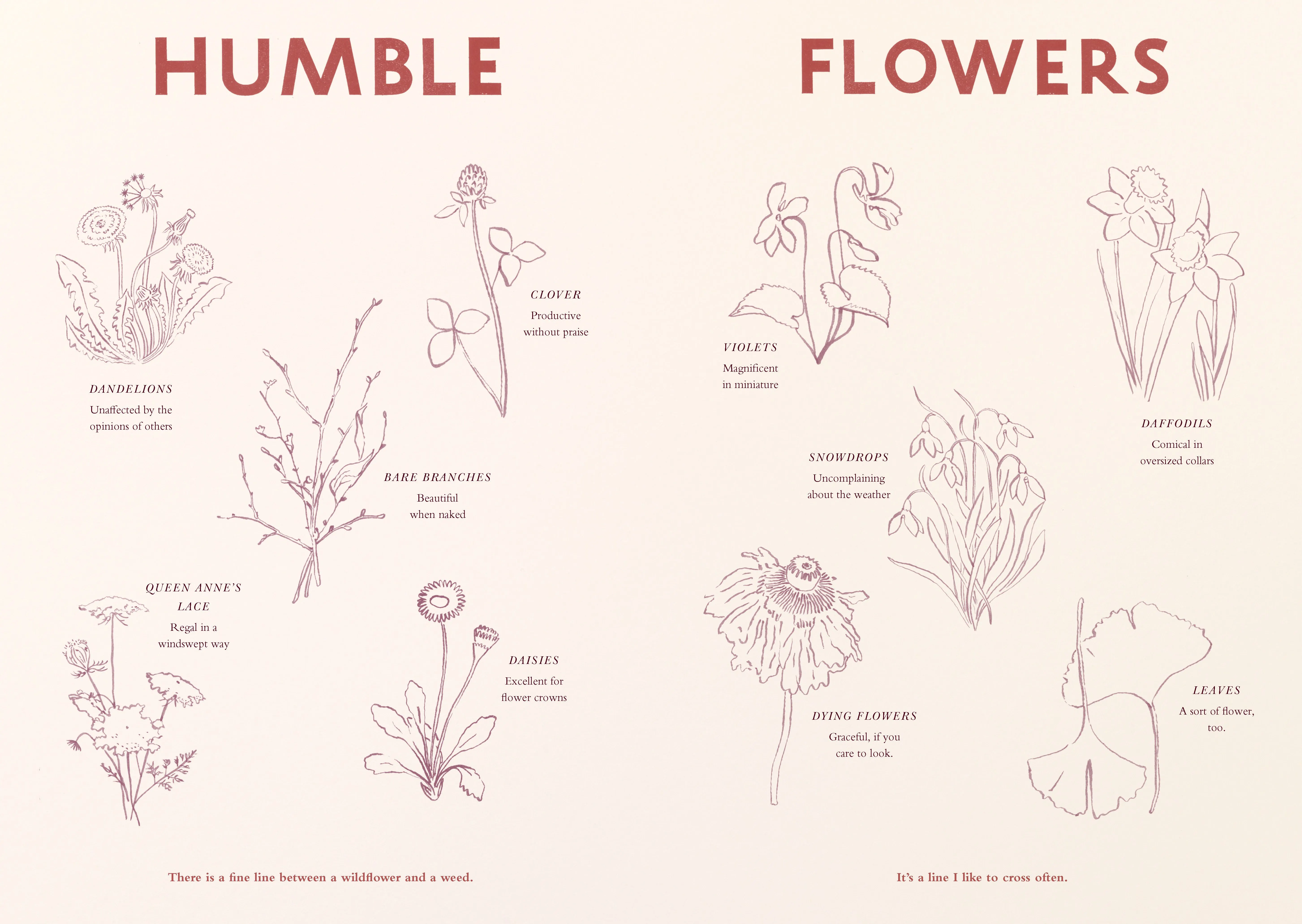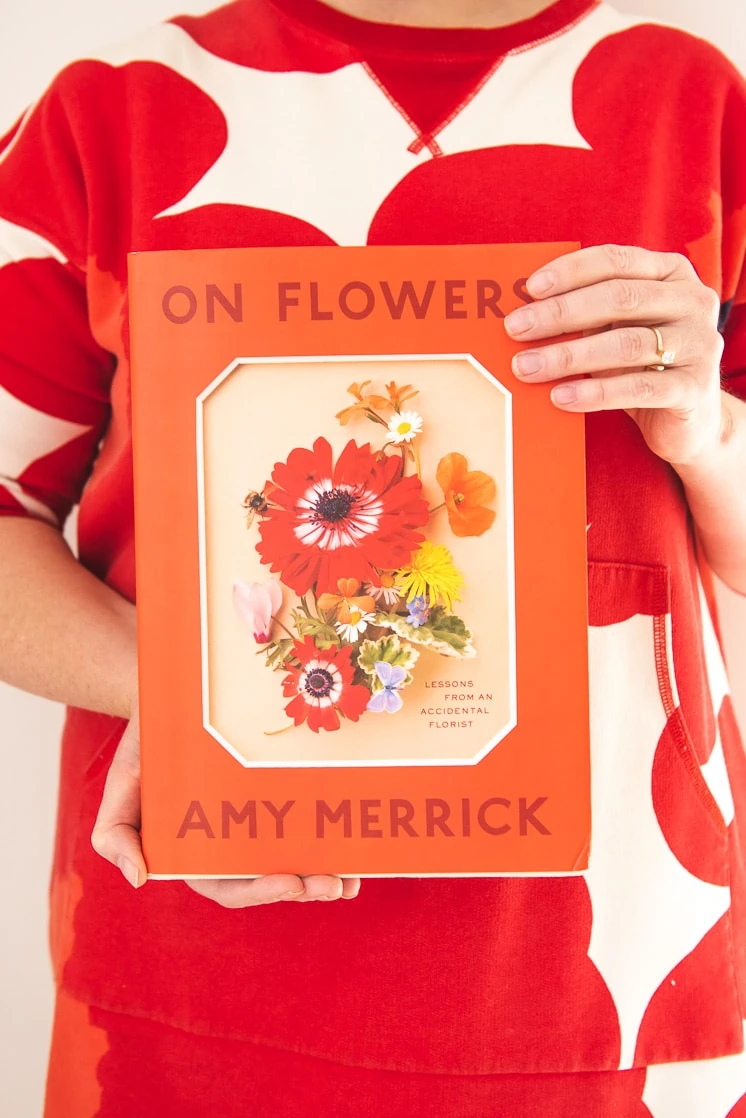 I’ve been a fan of Amy Merrick for years and I was thrilled to find out she had written a new book called, On Flowers, which just came out. And you know what?! The book is somehow even MORE beautiful than I could have imagined.
I’ve been a fan of Amy Merrick for years and I was thrilled to find out she had written a new book called, On Flowers, which just came out. And you know what?! The book is somehow even MORE beautiful than I could have imagined.
If you follow her on Instagram, you’ve noticed her beautiful adventures around the world. She finds beauty in the littlest of things and propels it into. Turns out, she was gathering inspiration for this book. It’s perfect. From the typography to the layout to the guides, it’s impeccable. The feeling I get watching Little Women (90s version, haven’t seen the new one 😉 or Anne of Green Gables, is the way I feel flipping through the book. It’s a book for flowers lovers and people who didn’t even know they are flower lovers. Only read it if you’re willing to escape from your current world for a bit.
Today we are honored to feature an exclusive interview with her:
Interview with Amy Merrick, author of On Flowers
What do you consider yourself? Example: Artist, designer, illustrator, maker, business person etc.?
I always hoped to become a professional “flower appreciator”, but these days I supposed you could say I’m a writer and florist, and photographer, too.
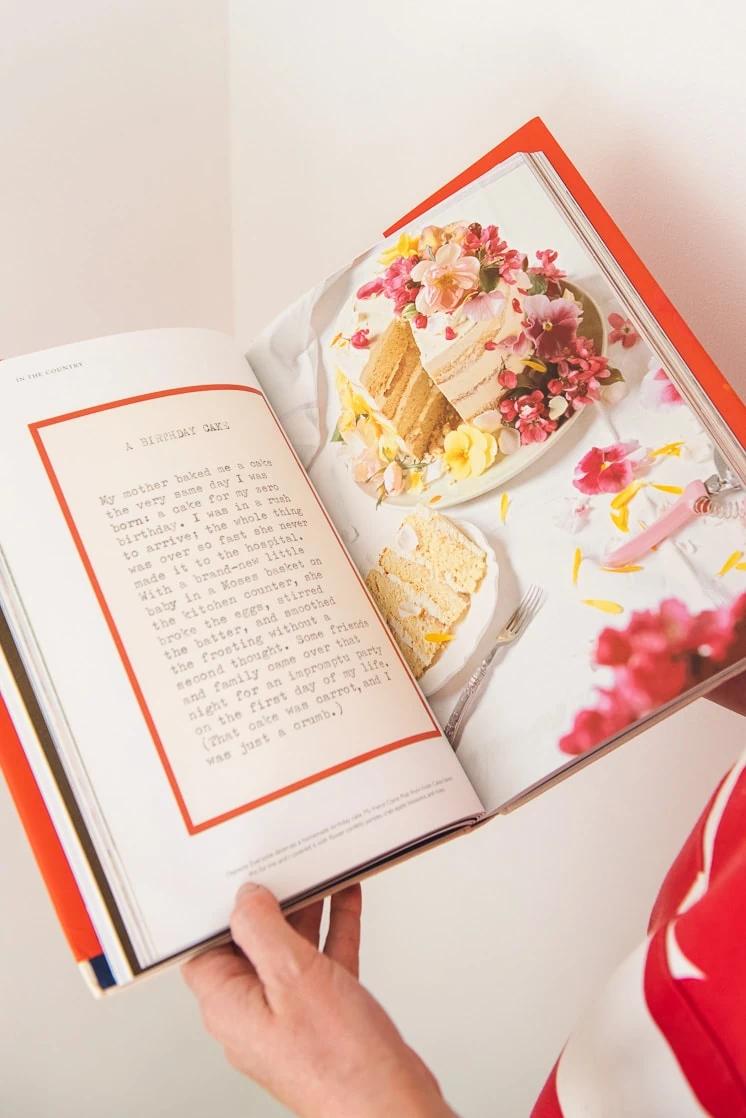
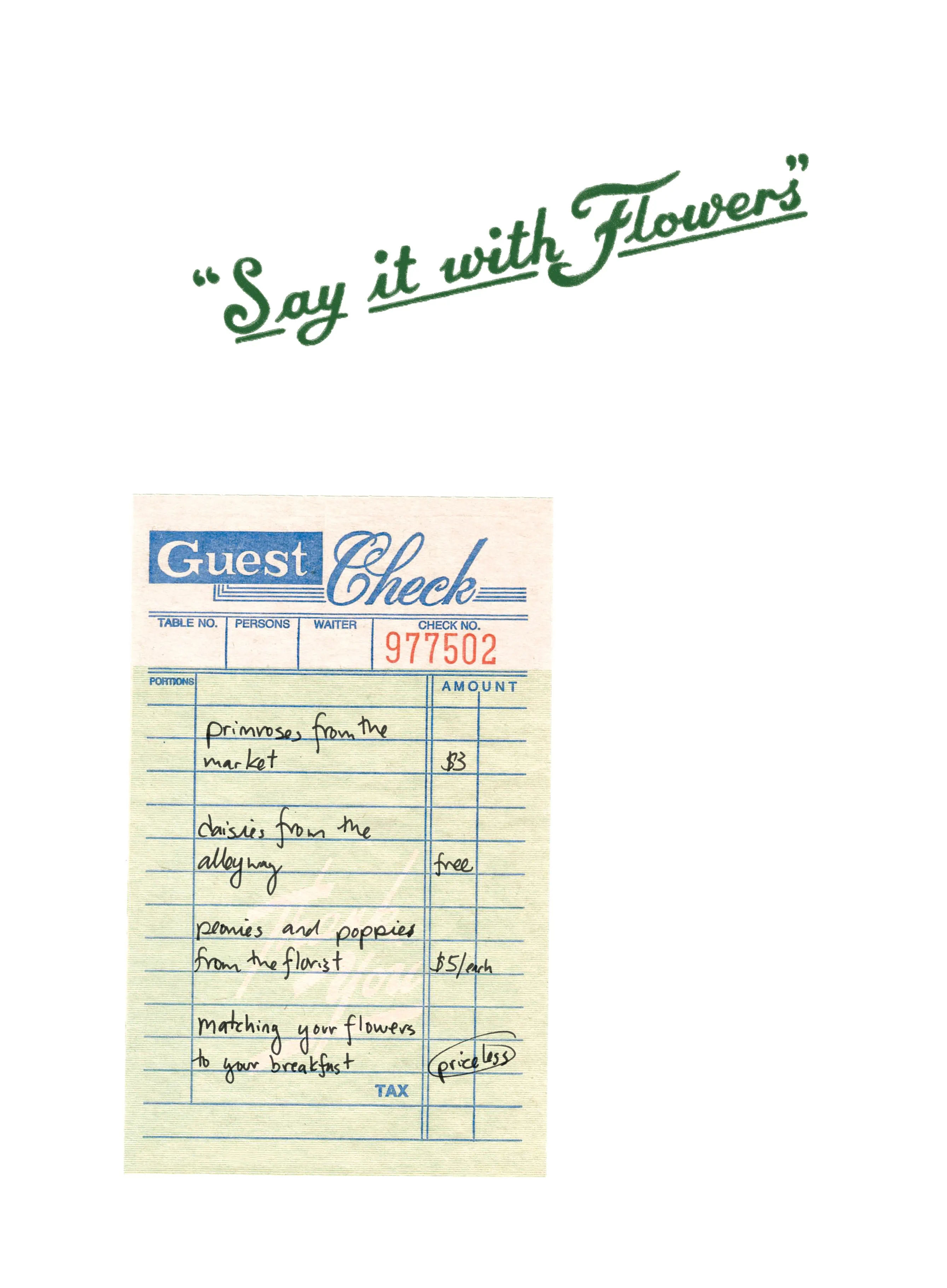
So many people! Primarily my parents and sister, our childhood was awash in natural inspiration and that was the best start I could ever have hoped for. In the beginning of my career, writing for Grace Bonney at Design*Sponge gave me a platform for sharing and helped me hone my voice, that was invaluable. Working at the flower shop Saipua was also a pivotal experience, and Sarah Ryhanen’s push to go off on my own was the reason I started my flower business. My friends in Japan, and my flower teacher there, also changed everything for me.
Do you feel like you’ve arrived at what you set out to do?
I’m not sure I ever specifically set out to accomplish one particular thing, aside from handing in my book manuscript on time (which, let’s be real, I did not do.) The subtitle of my book, Lessons from an Accidental Florist, speaks to the spontaneousness of it all. That’s not to say it didn’t take major effort, but I never really saw where the path was leading.
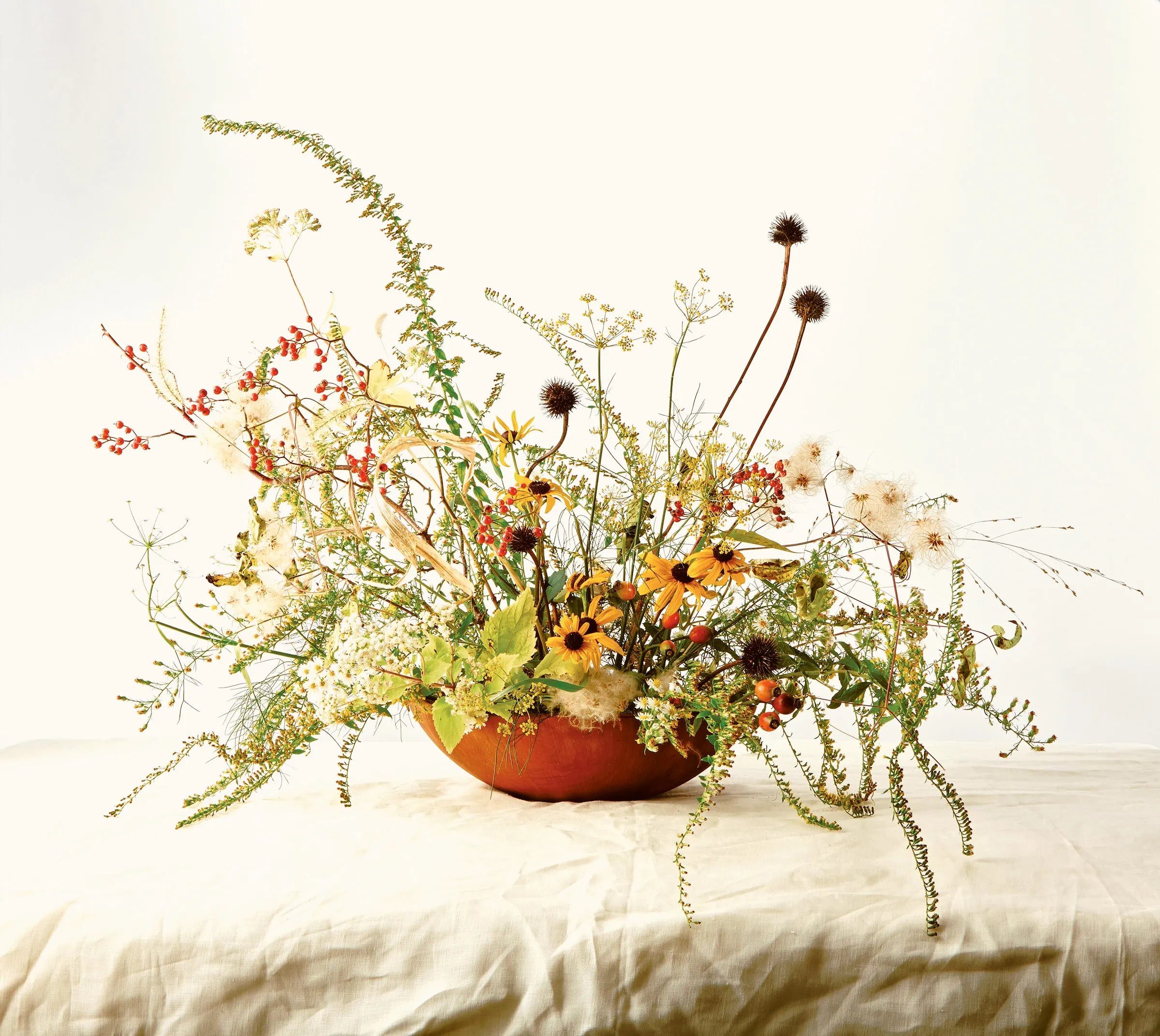
What more would you like to “become”?
I’d like to become an elegant old gardener with silver hair and statement jewelry and a jaguar E type convertible in ivory, with a wool plaid blanket in the back for when I get cold. My grandfather had that car, and I feel it is my destiny.
In the intervening time, I’d like to write more books, and become gentler with my creativity and myself. They say pressure makes a diamond, but it can be hard to take joy in your own work when you are also your toughest critic.
Your book is so unlike any other book I’ve seen, especially about flowers. How did it take such a unique angle?
To be honest, I’m usually not very drawn towards books about how to arrange flowers, and I’m a florist! So I knew I needed to make a book that spoke more to the idea loving flowers and living with them, rather than just putting them in a vase. Once I came up with the idea of organizing the chapters into humble flowers (wildflowers, dandelions, four leaf clovers) or fancy flowers (roses, floral perfume, Hermes silk bouquets) the rest of the book fell into place. City flowers vs country flowers vs faraway flowers. The punch line, though, is that you can be a fancy and humble, and love the city and country all at once. It’s just one world, after all.
The book design is also beautiful. Did you have specific thoughts on what it would look like? What was the process like for designing the book?
I knew the design would be where the photos and my writing would combine, so it was very important to me. I hired Giulia Garben in London and lived there for 9 months, working alongside her to bring it to life. I wanted it to feel like a classic flower arranging book, impossible to place in time, but with a 1950s flair. All of the titles are actually a font scanned from an old book, and the typewritten pieces are all hand typed by me! I needed the book to be eminently readable but not overwhelming, because the words and ideas are the most important part. And while I wanted it to look unusual and personal, it also needed to be universal. I wanted my very stylish friends to love it, but also my great aunt. It’s a tricky balance to strike.
It appears that traveling is an important part of your life. How does that factor into your love of flowers and bookmaking?
I gave up my floral studio five years ago and started to travel in earnest. I think the book is born of all those different experiences, from working on a flower farm to moving to Japan. The best part about traveling though, is coming home and seeing how special your own world is, too.
If there’s one thing that you want people to get out of your book, what is it?
There is so much beauty tucked away into the ordinary, if you look!
What are you most proud of in your career?
The very best thing about self-employment is the freedom to change and I’m really happy that I’ve been able to experience flowers on so many levels… from being a fancy florist in New York, working on magazine cover shoots, to working as a flower farmer and selling bouquets at the farmers market, or living in Japan and studying a different perspective, to moving to England and learning to garden. I’m proud that fear hasn’t stopped me from growing.
Did you always have an ultimate plan?
More than any career plans, I think the consistent hope for my life has been to one day restore and preserve my family’s house in New Hampshire. Before I ever even started working with flowers, that was the goal! It will be the work of a lifetime, I think.
What’s a piece of advice that you’ve carried with you and who is it from?
When I was in my early 20s, my good friend Frances Palmer who is a fantastic potter and businesswoman stressed the importance of a business credit card with frequent flyer miles. No one else in my life prioritized travel like that, and it shifted my priorities and perspective.
What’s inspiring you lately?
Long phone calls with my sister. She knows me better than anyone else and can lift my mood in minutes.
What did you want to be when you were young versus when it was time to decide what to actually do?
From a very young age, my mom always said I could turn my passion into a career. I remember thinking at the age of six that the thing I loved the most in the world was making fairy houses out of moss and twigs, but also being acutely aware that it was going to be tough to make a substantial career from fairy houses. I was a businesswoman from the start.
You can find Amy at:
Instagram @amy_merrick
On Flowers book
Aren’t her words so inspiring? I hope you enjoyed learning a bit more from her.


